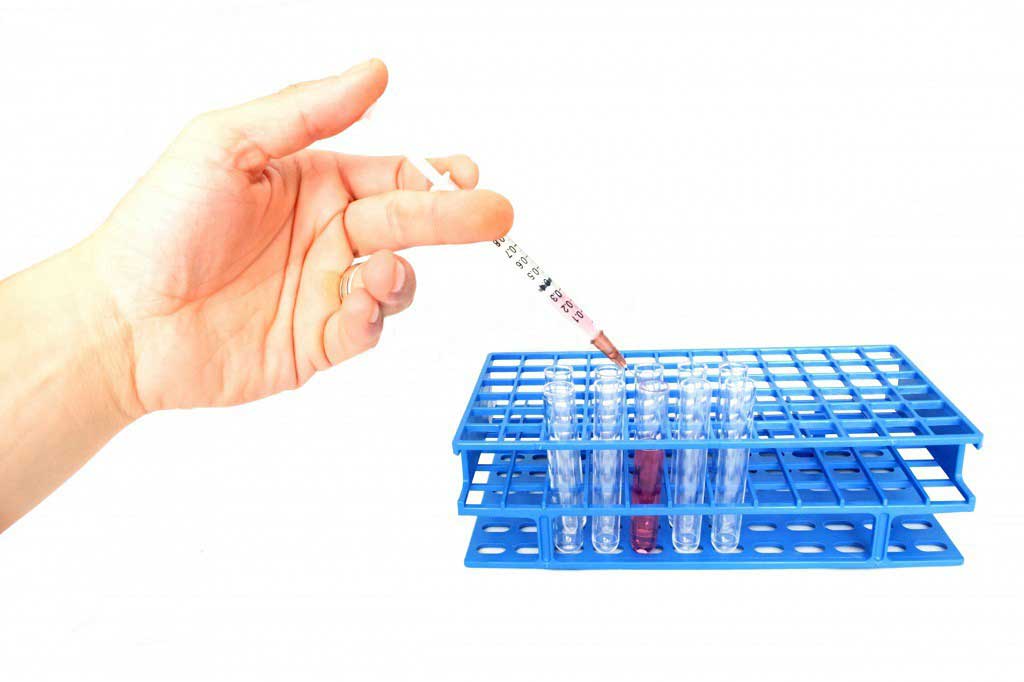Hearing impairment
Diagnosing hearing loss
Seeyour GP if you're having problems with your hearing. They'll examine your ears and carry out some simple hearing tests.
You may also want to visit the Action on Hearing Loss website for an online hearing test .
Ear examination
During an ear examination, an instrument with a light at the end called an auriscope (or otoscope) is used to look for anything abnormal, including:
- a blockage caused by Earwax build-up , fluid or an object
- an ear canal infection
- a bulging ear drum indicatingan infection inside themiddle ear
- fluid behind the ear drumknown as glue ear
- a perforated ear drum
- a collapsed ear drum
- skin collected in the middle ear ( cholesteatoma )
Your GP will askif you have any pain in your ear and when you first noticed the hearing loss.
Referral to a specialist
Your GP may refer you to an ear, nose and throat (ENT) specialist or an audiologist (a hearing specialist). The specialist will carry out further hearing tests to help determine what's causing your hearing loss and recommend the best course of treatment.
Some of the hearing tests you may have include a:
- tuning fork test (sometimes performed by your GP)
- pure tone audiometry
- bone conduction test
These tests are described below.
Tuning fork test
A tuning fork is a Y-shaped, metallic object. It produces sound waves at a fixed pitch when it's gently tapped and can be used to test different aspects of your hearing.
The tester taps the tuning fork on their elbow or knee to make it vibrate, before holding it at different places around your head.
This test can help determine if you have conductive hearing loss, which is hearing loss caused by sounds not being able to pass freely into the inner ear, or sensorineural hearing loss, where the inner ear or hearing nerve isn't working properly.
Pure tone audiometry
Pure tone audiometrytests the hearing of both ears. During the test, a machine called an audiometer produces sounds at various volumes and frequencies (pitches). You listen to the sounds through headphones and respond when you hear them, usually by pressing a button.
Bone conduction test
A bone conduction test is often carried out as part of a routine pure tone audiometry test in adults. It's used to check if you have sensorineural hearing loss, by testing how well your inner ear is working.
Bone conduction involves placing a vibrating probe against the mastoid bone behind the ear. It tests how well sounds transmitted through the bone are heard.
Bone conduction is a more sophisticated version of the tuning fork test, and when used together with pure tone audiometry, it can help to determine whether hearing loss comes from the outer and middle ear (conductive hearing loss), the inner ear (sensorineural hearing loss), or both.
Read about how hearing tests are performed .
Newborn hearing screening
All newborn babies are offered a hearing test in the first few weeks after birth as part of theNHSNewborn Hearing Screening Programme.
The tests helps to identify babies who have permanent hearing loss as soon as possible so that parents can get the support and advice they need.
Levels of hearing loss
Very few people with hearing loss hear nothing at all. There are four different levels of hearing loss, which are defined by the quietest sound you're able to hear, measured in decibels (dB). These are described below.
Mild deafness
If you're mildly deaf, the quietest sound you can hear is 21 to 40dB. Mild deafness can sometimes makehearing speech difficult, particularly in noisy situations.
Moderate deafness
If you're moderately deaf, the quietest sound you can hear is 41 to 70dB. You may have difficulty following speech without using a hearing aid and may find it difficult to hear announcements, for example.
Severe deafness
If you're severely deaf, the quietest sound you're able to hear is 71 to 90dB. People who are severely deaf usually need to lip-read or use sign language , even with the use of a hearing aid.
Profound deafness
If you're profoundly deaf, the quietest sound you can hear is more than 90dB. People who are profoundly deafcan benefit from a cochlear implant. Other forms of communication include lip reading and British sign language or signed English.
, including different types of hearing aids and sign language.
Introduction
Hearing loss is a common problem that often develops with age or is caused by repeated exposure to loud noises.
Signs of hearing loss
Hearing loss is sometimes sudden, but often it's gradual and you may not notice it at first. Being aware of the early signs can help you identify the problem quickly.
Causes of hearing loss
Age and loud noises are the most common causes of sensorineural hearing loss. Conductive hearing loss occurs when sounds are unable to pass into the inner ear
Diagnosing hearing loss
See your GP if you're having problems with your hearing. They'll examine your ears and carry out some simple hearing tests
Treating hearing loss
How hearing loss is treated depends on the underlying cause of the condition.
Preventing hearing loss
The ears are fragile structures that can be damaged in many ways, so it's not always possible to prevent hearing loss.
Patient story: "20 years ago, deaf people would have found it difficult to get into this sort of job."
Susan is a community mental health nurse helping deaf people with mental illnesses. She talks about how attitudes to deafness have changed and says deafness
Patient story: "Through performing, I've managed to grow as a person."
Millies hearing started deteriorating when she was a child. She talks about learning to cope with the hearing loss and shows that it hasn't stopped her doing







 Subscribe
Subscribe Ask the doctor
Ask the doctor Rate this article
Rate this article Find products
Find products